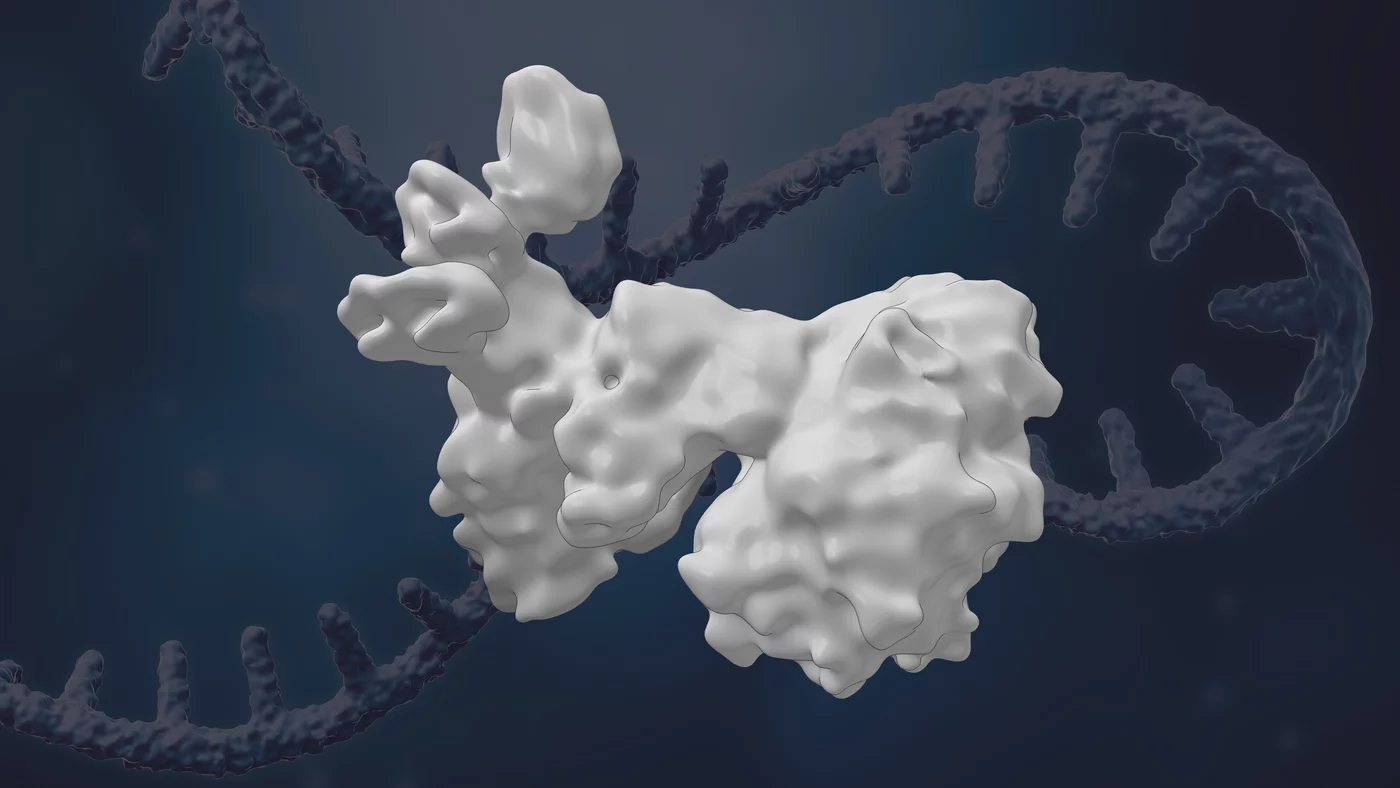Blueprint for proteins: How the mRNA gets its final shape

A team from the Max Planck Institue of Biochemistry in Martinsried and the Martin Luther University Halle-Wittenberg has discovered how an essential final step in the production of mRNA precisely works.
Proteins need to interact in a complex manner for a so-called “messenger RNA” (mRNA) to be created in human cells from a precursor molecule. mRNA provides a blueprint for proteins; the first vaccines against the coronavirus are also based on mRNAs. A team from the Max Planck Institute (MPI) of Biochemistry in Martinsried and the Martin Luther University Halle-Wittenberg (MLU) has discovered how an essential final step in the production of mRNA precisely works. The study was published in Genes & Development.
Proteins are responsible for all of the body’s essential processes. In a sense, the genes in the human genome act as building instructions for them. However, an intermediate step is necessary before new proteins can be created: “First the DNA must be transcribed: A chain-like precursor RNA is produced which is an exact copy of the DNA. From this, several steps are required to create the mature mRNA. This process is essential for the cell to build new proteins,” says biochemist Professor Elmar Wahle from MLU who led the team alongside Professor Elena Conti, an expert in structural biology at the MPI of Biochemistry.
